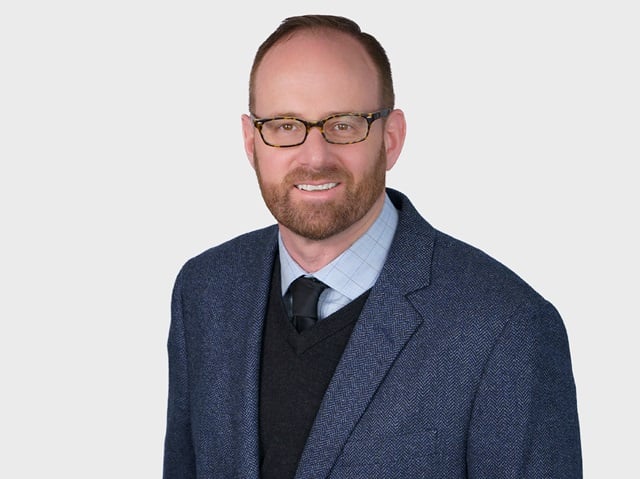The United States Patent and Trademark Office (USPTO) recently announced a pilot program to accelerate examination of patent applications pertaining to green technologies, including energy conservation, renewable energy development and greenhouse gas emission reduction. Patent applications that qualify for the program will be awarded special status at the USPTO and will advance out of turn from the USPTO's substantial backlog of pending patent applications.
To be eligible for the program, a U.S. patent application must satisfy the following requirements:
- The application must be a utility (non-provisional) application that was filed with the USPTO before December 8, 2009.
- The application must be classified in an approved technology category.
- The application must contain (or be amended to contain) three or fewer independent claims and 20 or fewer total claims.
- The claims of the application must be directed to a single invention. If the USPTO determines that the claims are directed to more than one invention, the applicant must be willing to elect one of those inventions for prosecution in the current application and withdraw claims directed to other, non-elected inventions.
- The application must be awaiting a first Office Action from the USPTO.
- If the application has not already published, the applicant must agree to early publication and must pay the standard publication fee of $300.
Other than the standard publication fee discussed in item (6) above, there are no other fees required to petition for participation in the program.
The program will only accommodate the first 3,000 approved petitions. At the latest, petitions must be filed before December 8, 2010.
.svg?rev=a492cc1069df46bdab38f8cb66573f1c&hash=2617C9FE8A7B0BD1C43269B5D5ED9AE2)

